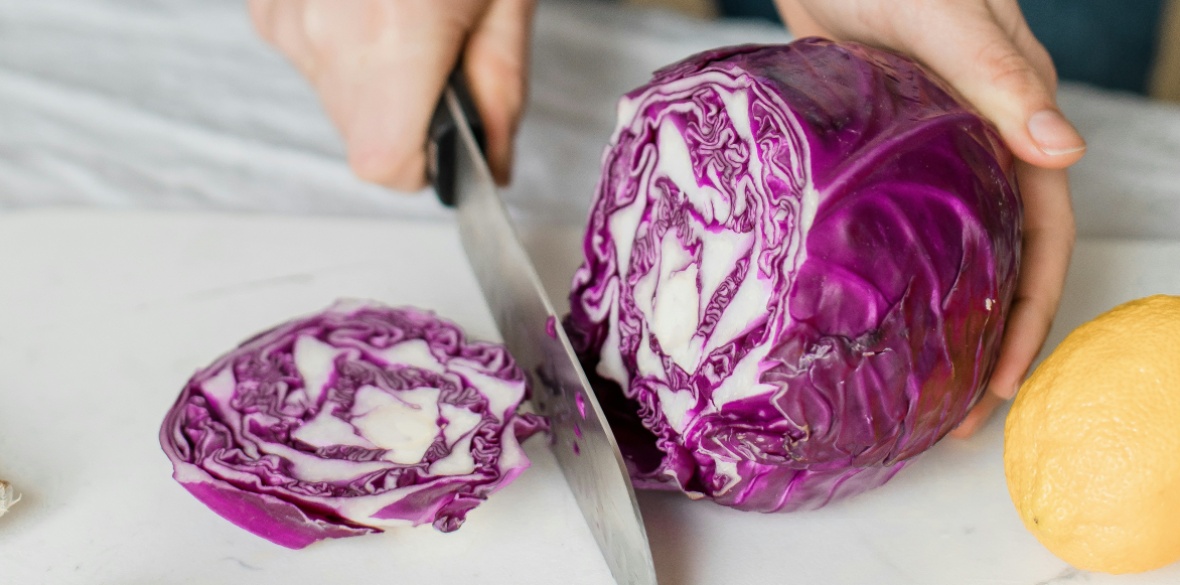This is the last article you can read this month
You can read more article this month
You can read more articles this month
Sorry your limit is up for this month
Reset on:
Please help support the Morning Star by subscribing here
PICKLED red cabbage is one of the consolations of winter, cheerful and refreshing to the eye and the palate. And of course there are many other ways of using this sweet, crunchy vegetable, raw or cooked.
You can sow the seeds from late February to mid April. There are plenty of named cultivars to choose from, their differences often having to do with size, depth of colour, whether they mature earlier or later, and how likely they are to store well. A few seed catalogues sell mixed packets of various red cabbages, which might be a good way of discovering which one best suits your plot.
Seeds can be started outside in a seedbed of fine soil, or under cover in a tray or pot of seed compost. Thin them out as they grow so that each seedling is around four inches (10 cm) from its neighbours.
To give a rough idea of how many red cabbages you might want, or have room for, a well-grown cabbage will weigh about 2lbs (1kg) when you pick it and trim it, which would make, for instance, two one-litre jars of pickle. In the ground, each plant will end up needing a space of 18 inches (46cm) square.
My red cabbage seedlings are usually ready for planting out in May, when they’re something like six inches (15 cm) tall, and have about six leaves. Water them well the day before moving them. Choose a piece of ground that receives a decent amount of sun and not too much wind, that doesn’t get waterlogged but also doesn’t dry out too quickly.
Make a hole for each seedling using a dibber if you’ve got one, or the handle of an old broom or tool if you haven’t, with each hole 18 inches (46 cm) apart each way. Fill the holes with water and when it’s drained away put the seedlings in so that their stems are buried and their leaves are more or less at surface level. Water around the transplants so as to settle the soil around their roots.
Because birds and caterpillars can do so much damage to cabbages there’s really no alternative to covering the entire crop with fine-mesh netting or horticultural fleece.
It’ll need to be pegged down into the ground all the way round, and lifted by canes or sticks so that it’s at least two feet (61 cm) tall. Put the netting up immediately after planting, and leave it there until you’ve harvested the last cabbage.
Red cabbage isn’t a low-labour crop, I’m afraid. Diligent weeding and regular watering are essential. Feeding with fertiliser shouldn’t be necessary provided the soil is reasonably rich.
By early autumn the cabbages will be ready to use. A mature red cabbage feels very firm to the touch. Most varieties will stand in the ground safely for a few more weeks, or can be cut and stored in a string bag in a frost-free garage or shed.










